The Pacific Ring of Fire is a massive and highly active zone of volcanic and seismic activity encircling the Pacific Ocean in a horseshoe shape, stretching approximately 40,000 kilometers. Its name is derived from the abundance of 452 dormant and active volcanoes situated within its boundaries. This region holds around 75% of all the world’s active volcanoes, making it the most volcanically active area on Earth.
Key Takeaways: Ring of Fire
- The Ring of Fire stretches approximately 40,000 kilometers (25,000 miles) and forms a continuous loop around the Pacific Ocean, passing through several countries and territories, including the west coast of the Americas, the Aleutian Islands, Japan, Southeast Asia, and Oceania.
- About 75% of the world’s active and dormant volcanoes are located in the Ring of Fire. These volcanoes are responsible for some of the most significant volcanic eruptions in history.
- The Ring of Fire provides valuable insights into plate tectonics and the dynamics of the Earth’s lithosphere.
- The Ring of Fire is primarily formed by the movement and interaction of tectonic plates. It is the result of several subduction zones where one tectonic plate is forced beneath another, leading to volcanic activity and earthquakes.
Additionally, the Pacific Ring of Fire is responsible for an overwhelming 90% of the world’s earthquakes. This seismic activity is primarily due to the complex interactions of tectonic plates in the area. The Ring of Fire is characterized by subduction zones, where one tectonic plate is forced beneath another, leading to volcanic eruptions and seismic events.
The countries and regions situated along the Pacific Ring of Fire experience frequent volcanic eruptions, earthquakes, and tsunamis. These geological phenomena shape the landscape, influence ecosystems, and have a significant impact on the lives of millions of people living in the affected areas.
Formation of the Ring of Fire
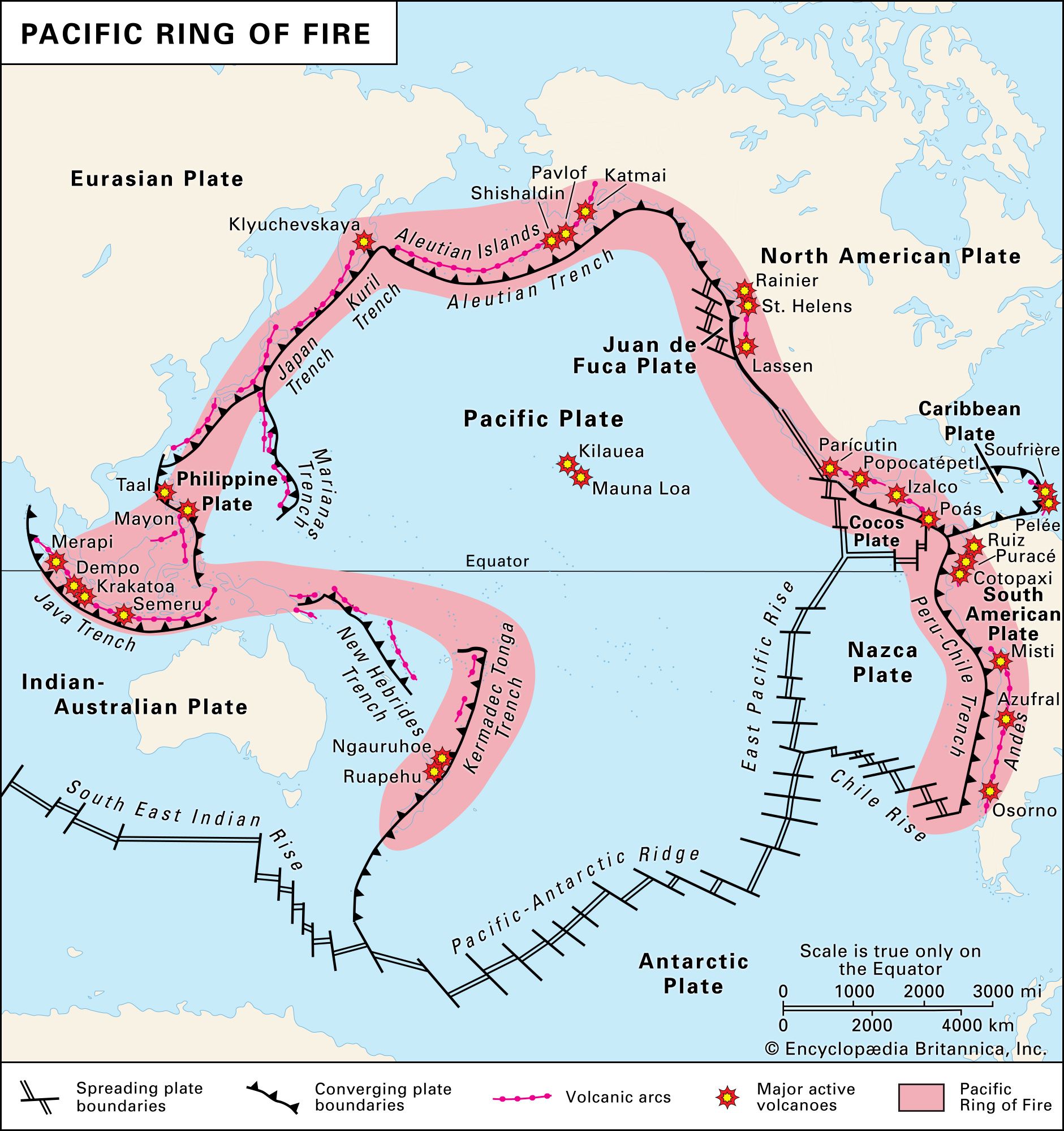
The Pacific Ring of Fire is a vast and complex system that extends along the eastern edge of Asia, from New Zealand, then eastward along the Aleutian Islands of Alaska, and southward along the western coasts of North and South America. It includes a number of mountains, volcanoes, and ocean trenches, all of which are subject to tectonic plate movements.
Tectonic plates are enormous slabs of the Earth’s lithosphere that float and move on the semi-fluid asthenosphere beneath them. The Pacific Plate, being one of the largest tectonic plates, interacts with several major and minor plates that surround it. These interactions involve plate boundaries such as subduction zones, where one plate is forced beneath another, and transform faults, where plates slide past each other horizontally. These dynamic interactions generate tremendous amounts of energy, leading to the melting of rocks into magma.
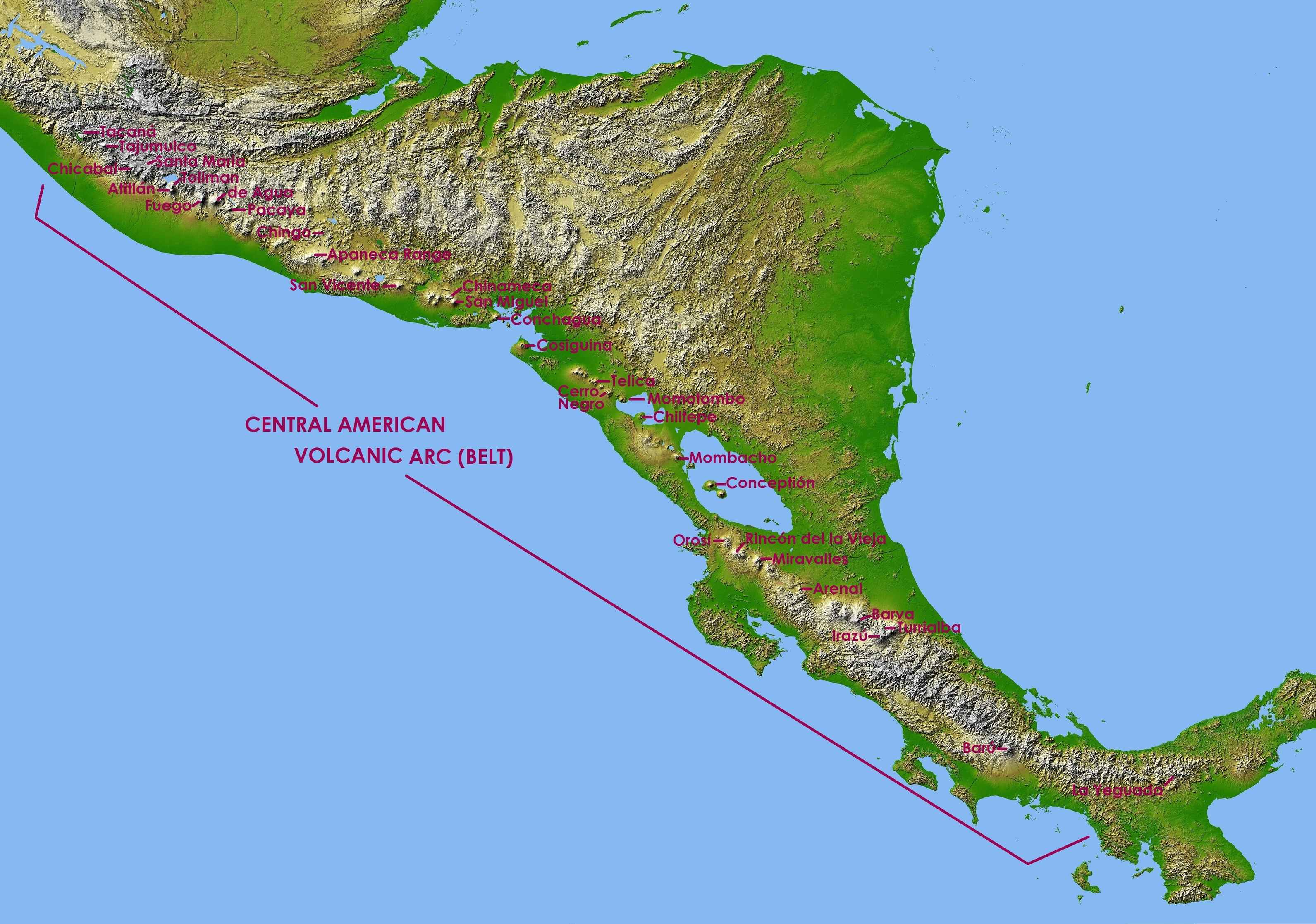
As magma rises to the surface, it erupts as lava, giving rise to the numerous volcanoes present in the Ring of Fire. Additionally, the movement of tectonic plates at plate boundaries also leads to the formation of deep ocean trenches, where one plate is subducted beneath another, creating deep underwater chasms.
Due to the intense interactions between the Pacific Plate and the surrounding tectonic plates, the Ring of Fire experiences high levels of volcanic and seismic activity, making it one of the most geologically active regions on Earth. Earthquakes and volcanic eruptions are frequent in this area, and the geological processes continue to shape the landscapes and contribute to the Earth’s dynamic geology.
Major Volcanoes in the Pacific Ring of Fire
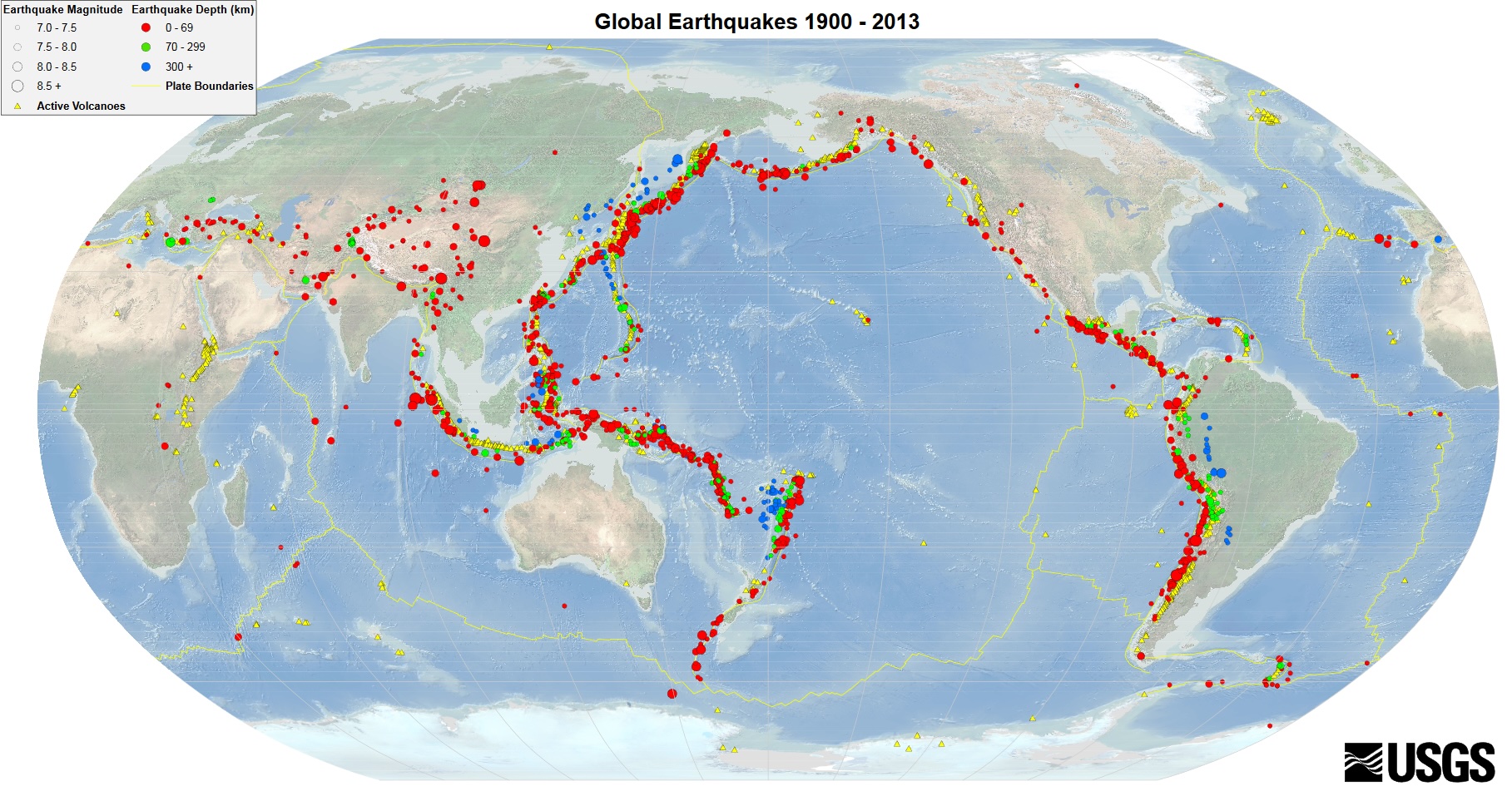
The Pacific Ring of Fire is home to a considerable number of “famous” volcanoes, totaling 452 in all. The list of major volcanoes in the Pacific Ring of Fire is as follows:
Andes: Stretching approximately 5,500 miles (8,900 km) north and south along the western edge of South America, the Andes Mountains are the longest continental mountain range in the world. The Andean Volcanic Belt is a mountainous region divided into four volcanic zones that include active volcanoes like Cotopaxi and Cerro Azul. It is also home to the highest active volcano, Ojos del Salado.
Popocatepetl: Popocatepetl is an active volcano in the Trans-Mexican Volcanic Belt. Located near Mexico City, it is considered one of the most dangerous volcanoes in the world due to its potential to cause catastrophic eruptions that could claim millions of lives.
Mount St. Helens: Located in the Cascade Mountains of the Northwestern United States, which host the 800 miles (1,300 km) Cascade Volcanic Arc, the Cascades include 13 major volcanoes and around 3,000 volcanic structures. The most recent eruption in the Cascades occurred in 1980 at Mount St. Helens.
Aleutian Islands: Formed by volcanic activities, the Aleutian Islands consist of 14 major and 55 minor islands in Alaska. There are 52 volcanoes in the Aleutians, with the most active ones being Cleveland, Okmok, and Akutan.
Mount Fuji: Located on the Honshu Island of Japan, Mount Fuji is 3,776.24 m (12,389 ft 3 in) high and is Japan’s tallest and the world’s most visited mountain. However, it is more than just a mountain; it is also an active volcano that last erupted in 1707.
Krakatoa: Located in the Sunda Arc of Indonesia, Krakatoa is known for its massive eruption on August 27, 1883, which resulted in the deaths of 36,000 people and was heard from 2,800 miles (4,500 km) away, considered the loudest sound in modern history. Another volcano, Tambora, in the same Sunda Arc, had the largest known eruption in recorded history with a Volcanic Explosivity Index (VEI) of 7 on April 10, 1815.
Mount Ruapehu: Standing at 2,797 m (9,177 ft) tall, Mount Ruapehu is the highest mountain on New Zealand’s North Island. Located in the southern part of the Taupo Volcanic Zone, Ruapehu is the most active volcano in New Zealand.
The Pacific Ring of Fire, which generates most of the world’s volcanic activity and earthquakes, is a captivating place. Understanding more about the Ring of Fire and being able to accurately predict volcanic eruptions and earthquakes might potentially save the lives of millions of people.
Countries in the Pacific Ring of Fire
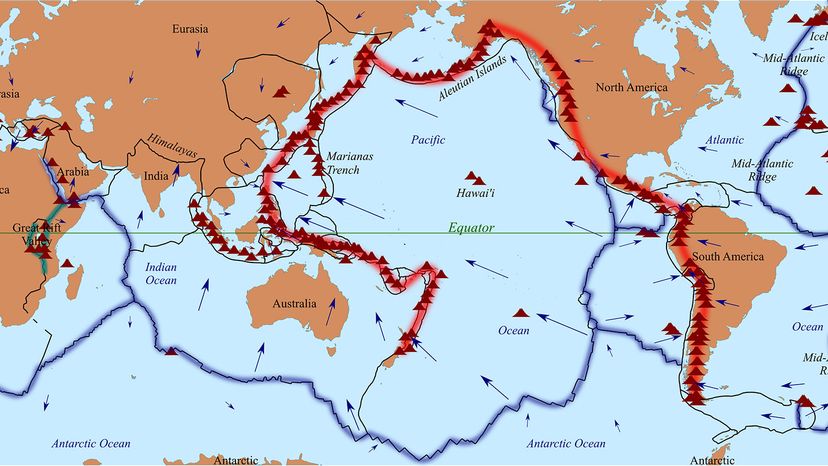
The Pacific Ring of Fire includes Fiji, Solomon Islands, Papua New Guinea, Philippines, Vietnam, Malaysia, Indonesia, Java Islands, Taiwan, North Korea, South Korea, Japan, Alaska (United States), Mexico, El Salvador, Costa Rica, Panama, Colombia, Ecuador, Peru, and Chile. These countries are situated along the edges of the Pacific Ocean and are part of the highly volcanic and seismic region known as the Pacific Ring of Fire.
Major Earthquakes and Volcanic Eruptions in the Pacific Ring of Fire
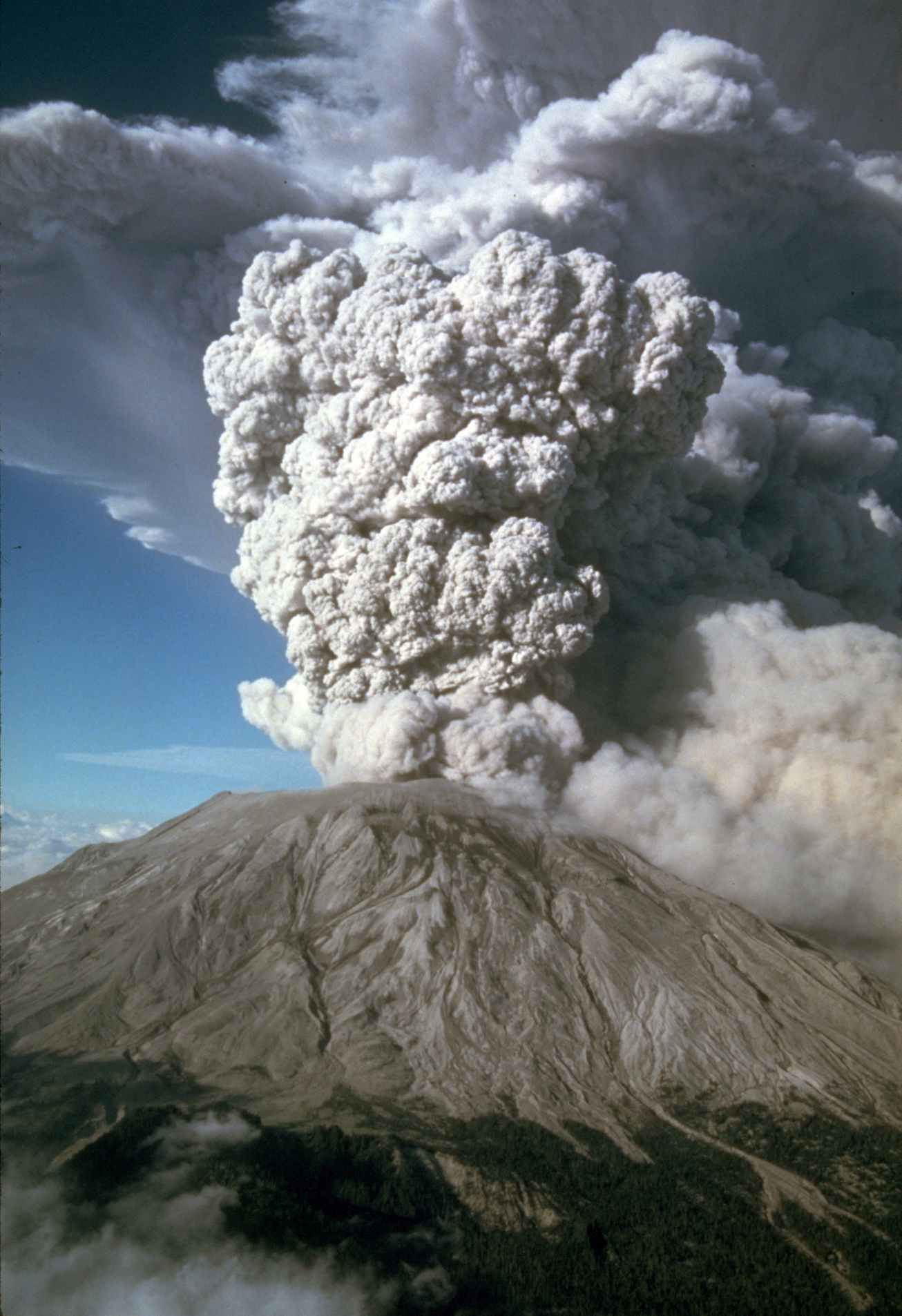
The Pacific Ring of Fire has indeed been the stage for some of the most significant and impactful volcanic eruptions and earthquakes in history.
The eruption of Mount St. Helens in Washington State, USA, in 1980 was one of the most notable events in the region. This eruption resulted in the loss of lives, the destruction of nearby landscapes, and significant environmental consequences. The explosive eruption caused the entire north face of the volcano to collapse, triggering a devastating lateral blast that flattened surrounding forests.
The 2011 earthquake and tsunami in Japan, known as the Great East Japan Earthquake, was another catastrophic event originating from the Pacific Ring of Fire. The massive undersea earthquake off the northeastern coast of Japan triggered a powerful tsunami that struck the coastline, causing widespread destruction and the loss of thousands of lives.
Other significant volcanic eruptions in the region include the infamous Krakatoa eruption in Indonesia in 1883, which caused one of the loudest sounds ever recorded in history and had far-reaching global effects, and the eruption of Mount Pinatubo in the Philippines in 1991, which was one of the largest volcanic eruptions of the 20th century, affecting global climate patterns.
The dynamic tectonic interactions within the Pacific Ring of Fire create a highly active geological setting, making it prone to frequent seismic and volcanic events. These natural phenomena have had profound impacts on the affected regions and serve as a constant reminder of the powerful forces shaping our planet. Scientists and researchers closely monitor this area to better understand and mitigate the risks associated with such geological activities.
Pacific Ring of Fire at a Glance
Why is it called the Ring of Fire?
What are subduction zones in the context of the Ring of Fire?
Why is the Pacific Ring of Fire prone to volcanic activity?
How are earthquakes related to the Ring of Fire?
Are tsunamis associated with the Pacific Ring of Fire?
References
- Featured Image: Dr. Carlos Costales Terán – Wikimedia.
